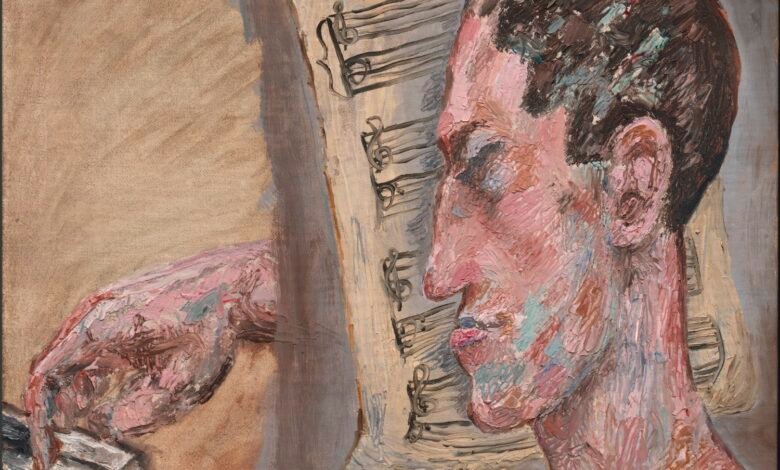

The premiere performance was attended by musical luminaries including Igor Stravinsky, Fritz Kreisler and Leopold Stokowski. Rhapsody in Blue was an immediate success and brought Gershwin worldwide fame. Incorporated into the Rhapsody were hallmarks of jazz, including blue notes, long passages of syncopated rhythms, and onomatopoeic musical effects. He later reflected: “There had been so much chatter about the limitations of jazz, not to speak of the manifest misunderstandings of its function. Jazz, they said, had to be in strict time. It had to cling to dance rhythms. I resolved, if possible, to kill that misconception with one sturdy blow… No set plan was in my mind, no structure to which my music would conform. The Rhapsody, you see, began as a purpose, not a plan.”
Owing to the popularity of Rhapsody in Blue, Grofé subsequently made an arrangement for a large orchestra in 1942, which has become the frequently performed version today. I have played this later version many times with various orchestras, but have also wanted to perform the original Whiteman band version, which I believe is tighter, edgier and, of course, closer to Gershwin’s initial idea. On this, the 100th anniversary of its composition, it will be a pleasure to play the original.
By Robert Taub
Header image: self-portrait by George Gershwin, 1934, courtesy of the National Portrait Gallery
The London Gershwin Players present Rhapsody in Blue on Saturday 27 January. 7-9.30pm. £12, £10 concs, students and under-18s free. Levinsky Hall, Roland Levinsky Building, University of Plymouth, PL4 8AA. plymouth.ac.uk
Dr Robert Taub is an internationally acclaimed concert pianist and director of music at The Arts Institute, University of Plymouth.
Source link



